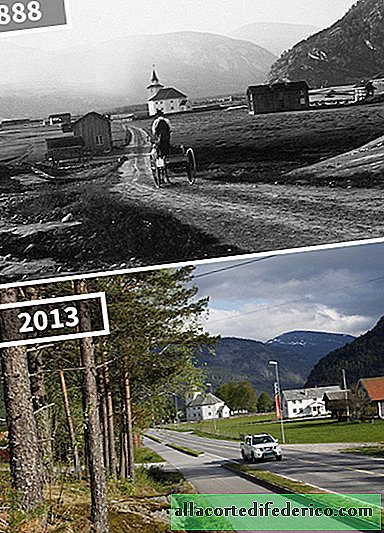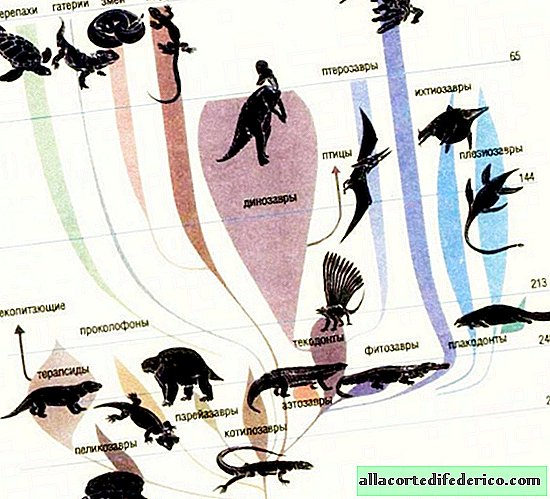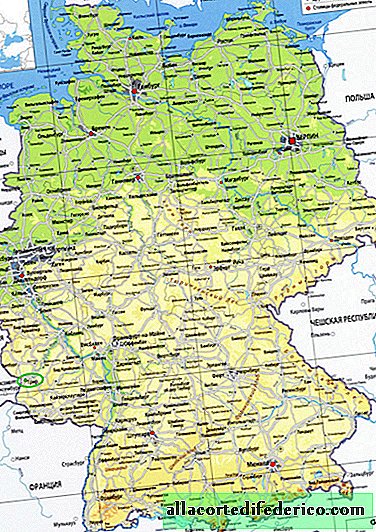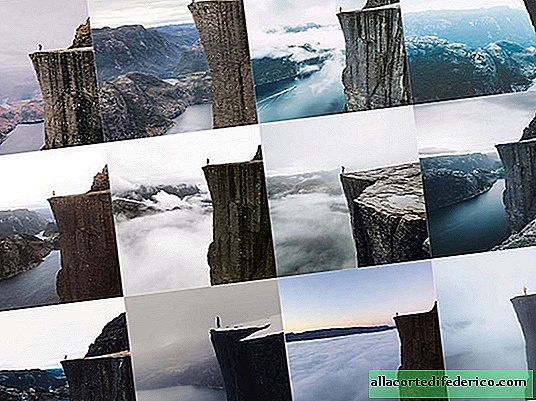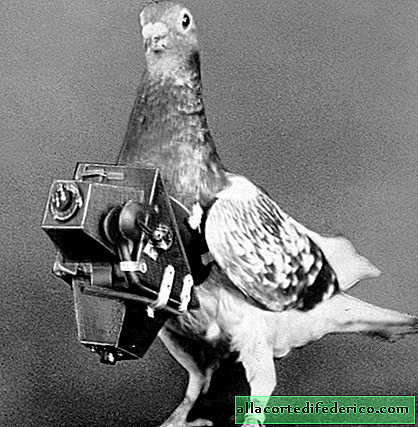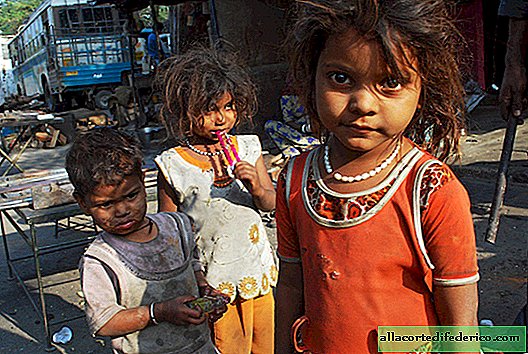The rainy season in Goa, as it happens. Our photo story
The rainy season is a natural phenomenon that is familiar to Russians. That is, the average summer in Russia is the rainy season in Goa. However, in Goa, everything is changing dramatically. From the end of October to May, not a drop of rain spills here, although, of course, there are exceptions. It is a persistent dry season, the hills are balding, the fields acquire a red tint. In the rainy season, the opposite is true: grass grows, new leaves on the trees, a feeling is created that nature has added saturation to the human eye, everything becomes somehow bright and colored. As for the ordinary life of Goa residents, it is at this time of year, in the rainy season, that plantings of vegetable crops begin, because everything grows very quickly, 2 crops are harvested in one summer. People change their usual rhythm of life, now for a trip to work or to a store, the Indians take a raincoat with them, a raincoat, because rain can catch on any part of the way. The open parts of houses, usually balconies and a porch, are closed by Indians with foil, houses are regularly ventilated, things are regularly cleaned, even if they are clean, as all this is covered with mold. Properly built houses are well-ventilated houses, that is, houses in which you can create a draft. Then the likelihood of mold and severe dampness at home is small.
The lifestyle of lost tourists during the rainy season in Goa is also changing. Tourists at this time on the fingers count. These are curious travelers or those who looked for a couple of days, just passing by. There are also many Indian tourists. Tourists also change into raincoats. The choice of restaurants and guesthouses is no longer great, at this time Goa falls asleep, almost everything closes. But there are several places that work all season, for example, “21 Coconuts” in Arambol, the same people gather there. Goa in general is changing a lot, even psychologically. The Indians, who plowed with tourists all the season in Goa, simply relax and rest during the rainy season, respectively, smile more.
And now let's go for a ride in North Goa, let's see what the state is in the rainy season :)
Kerim. We make our way closer to the sea through mud and puddles.
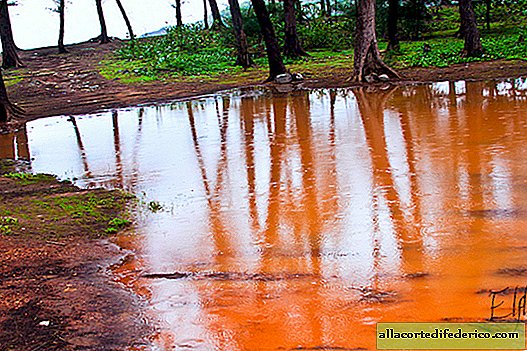
There was once a beach, but the coast began to erode the sea and the coast began to strengthen. Here, near the Terracol River flows into the sea. Now here is not the beach, but the promenade. The shore was raised and strengthened, made a path.

Let's go further ...
Sleeping Arambol. All closed. Some stores disappeared altogether, forming a garbage dump.

Closer to the sea we find the remains of civilization for tourists :)

"21 Coconut" in Arambol at all works. In June, armchairs and tables were set closer to the sea; it had not yet been so stormy. In July, tables were already standing next to the cafe, so that if it started to rain, all this could be quickly removed under the roof. The guys work technically. They know when it starts to rain, and 5 minutes before it starts, they quickly bring tables and chairs under the roof. And the open parts of the restaurant are quickly covered with oilcloth so as not to soak the visitors. And they work very quickly and in an organized manner. As soon as the sun comes out, restaurant furniture is again carried to the beach. But only extreme people who like to run away from the rain periodically decide to sit on the beach. :)

The rainy season for many Indians in Goa is becoming the time for fishing. Many earn this for a living.

The sea has become "uncorruptible." The waves are strong, the water is dirty. Almost constantly a storm. Swimming is prohibited.

But then there is an occupation for talents)

Let's go further.
Mandrem. The beach has become completely unsuitable for swimming.

There is no beach, washed away.

Having passed sleeping Mandrem and Ashvem, we arrive at no less sleeping Morjim, we turn near the closed Internet cafe, 300 meters towards the sea, here. Street restaurants Morjima, street "Glavfisha" and "Bora Bora." This orange-wrapped institution is Bora Bora.

Chapor's next stop!
Here is the Juscenter in Chapor. This is how he looks in the moon. All in oilcloths and of course is closed.

The second juscenter in Chapor, the one that Scarlett has. This Jusik opens in the evenings for several hours. The truth is I do not know every day or not. Also covered with oilcloth from the rain, but not completely.

Drunk street in Chapor. In the afternoon, everything is closed. But in the evening everything comes to life, old freaks come, but in small numbers. They drink rum and beer, communicate, meet.

Vagator. Not as romantic as in the dry season. Rather dramatic)

Vagator, viewing. And many Indian tourists.

By the way, there is an interesting place nearby, it should also look interesting now.
Let's take a look at Shiva Place. Also dramatic, right?

What about Nine Bara?
And here he is. And in the rainy season there are parties.

Finally, photos of alternative Anjuna. Honestly, if I myself did not know where it is, I would not understand)

Good old Anjuna, view from below, front.

This is about our vision of the monsoon in North Goa, at this time it is also nice to be here, nature is very contemplative. The main thing is to choose the right time to move around the neighborhood, otherwise you risk getting wet so much.

